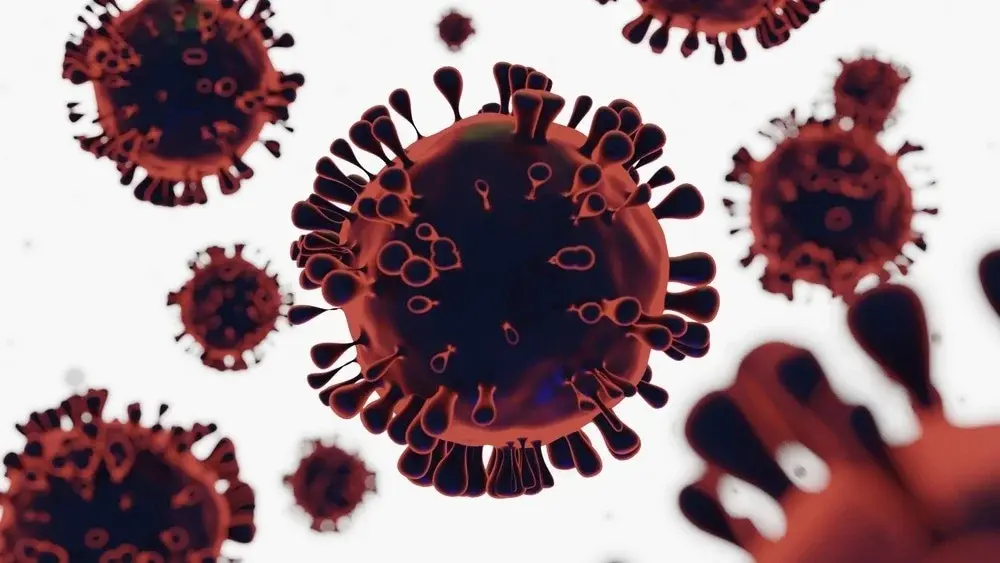ISLAMABAD , March 16, 2023: More than three years into the pandemic, finding out how many Americans have long COVID – and what to do about it – has proved to be far harder than identifying those infected with the virus who have recovered or died from it.
How best to simply define, diagnose, measure, and treat it have remained elusive, putting patients and doctors in an impossible situation.
But what is clear is that even at the lowest estimates, the CDC says 1 in 13 Americans (7.5%, or nearly 26 million) have had or still have long COVID. But some research suggests that figure underestimates the actual number of Americans who are affected.
The World Health Organization estimates between 10% and 20% of people infected with COVID-19 end up with symptoms lasting 3 months or longer.
The U.S. Census Bureau’s most recent Household Pulse Survey puts the current figure at close to 11% – down from nearly 19% last summer, but up from 7% in October. More than a quarter of those had symptoms that made them less able to do day-to-day activities by “a lot.”
And research published in January by the Scripps Research Translational Institute in San Diego estimated at least 1 in 10 Americans with COVID continue to have long-term symptoms.
But some experts believe the World Health Organization, Census Bureau, and Scripps estimates are in fact conservative, even as others say the true number is likely closer to 5%. One reason for the disparity: There is still no standard definition for long COVID.
“It’s still unclear to many people whether what’s being described as long COVID is one condition or several distinct conditions that are all being lumped under that same umbrella term,” says Amesh Adalja, MD, a senior scholar an infectious disease specialist who studies COVID-19 at the Johns Hopkins University Center for Health Security.
Defining the ‘Long’ in Long COVID
One of the most confounding problems in understanding long COVID is finding out who actually has it by identifying symptoms of the condition and for how long people have had them.
The World Health Organization notes that more than 200 symptoms have been reported; it defines long COVID as the continuation or development of new symptoms 3 months after an initial infection, and lasting for at least 2 months with no other explanation. Some experts believe these parameters are too broad, while others think they are too narrow.
Long COVID researchers increasingly suspect that post COVID-19 symptoms may result from multiple causes – including inflammation, autoimmunity, and immune dysfunction – and they hope that identifying biomarkers (things about the body that tell you that a disease is present) will make diagnosing the condition easier.
But unlike acute COVID-19, which can be diagnosed with antigen tests that detect a viral protein, there is no clear diagnostic criteria or tool yet for long COVID conditions like fatigue or brain fog. That leaves many people with long COVID undiagnosed and not knowing where to turn for help or treatment.
“A lot of the burden of long COVID right now is going unseen because people with long COVID don’t know where to go for help, or how to get help, or when it’s going to end, so they just suffer quietly at home,” says Sarah Wulf Hanson, PhD, a research scientist with the Institute for Health Metrics and Evaluation at the University of Washington.
Making matters more difficult is trying to parse whether certain symptoms, like anxiety or depression, are caused by the hardships of living through the pandemic, by a lingering COVID infection, or were preexisting in some people.
Manali Mukherjee, PhD, an immunologist and assistant professor with the Respirology Division of the Department of Medicine at McMaster University in Hamilton, Ontario, Canada, notes these realities make it hard to even study long COVID to answer these lingering questions.
Despite the lack of consensus on defining the condition, many public health agencies around the world cite fatigue, brain fog, memory and sleep issues, shortness of breath, anxiety and depression, dizziness, and joint or muscle pain among the most common symptoms that linger for at least 3 months after a COVID-19 infection.
Disability Definitions in Long COVID Patients
While most experts agree on the most common set of symptoms, they are at odds over how far to expand that list and how to factor in how crippling they are in some people. Some worry about who gets left out when certain symptoms are excluded or disability is not considered.
Adalja says it is important to separate crippling symptoms that interfere with activities of daily life from those that do not. But even that is no simple task. Post-COVID symptoms can also disappear and relapse, making the condition even more complex. Doing more longitudinal follow-up studies – which observe the same people over a period of time – may be the best way to identify cases like these because they can help researchers detect changes in both the individual and the group as a whole. But few longitudinal studies have been done on long COVID.
Not all studies follow the World Health Organization’s 3 -month parameter either, and these differences account in part for why results are “all over the place,” says Mukherjee.
A recent study from George Washington University published in Emerging Infectious Diseases, for example, found that among 1,338 COVID-19 cases in university members in Washington, DC, 36% of students, faculty, and staff ended up with long COVID, a figure that stands in contrast with the latest household survey and even the World Health Organization. But the study, which also did not include a control group, conducted a follow-up 30 days after the initial positive test, which experts say makes the findings more credible.
Despite these debates and conflicts, is it clear that for some long COVID patients, a wide variety of symptoms can be debilitating and linger for 12 months or even longer.

